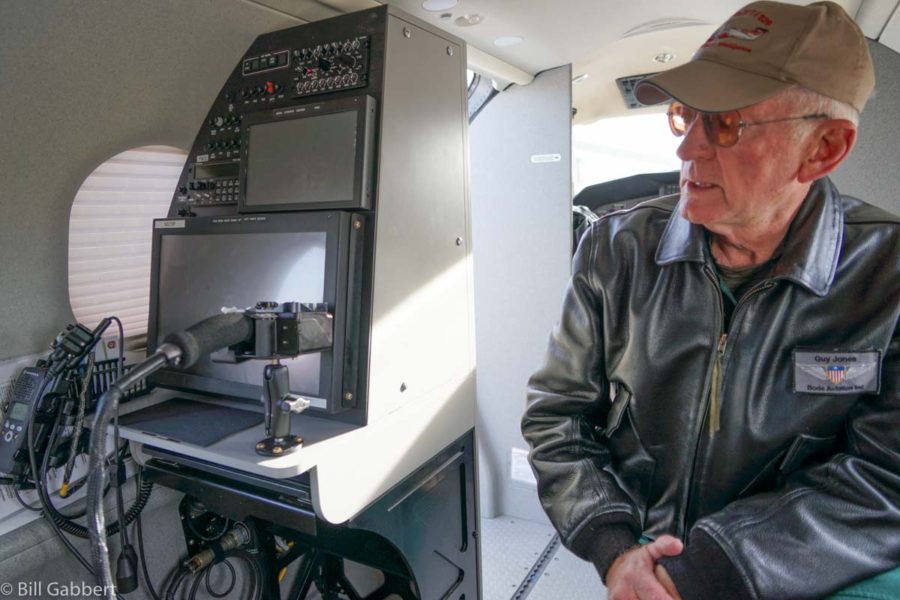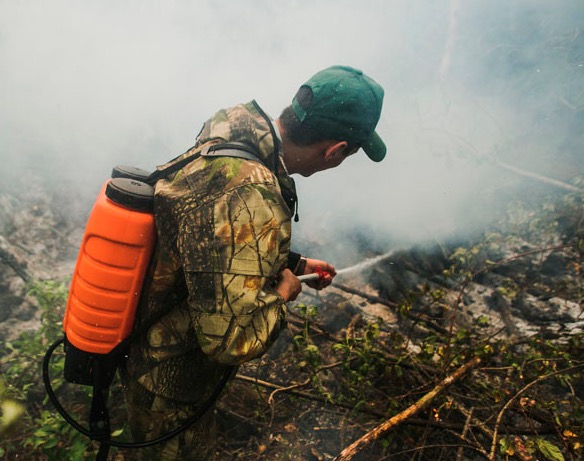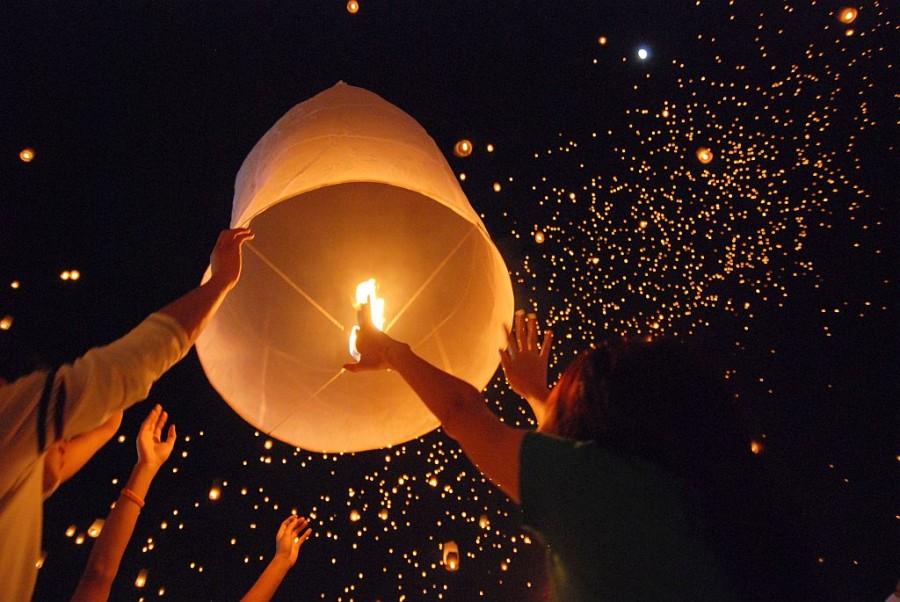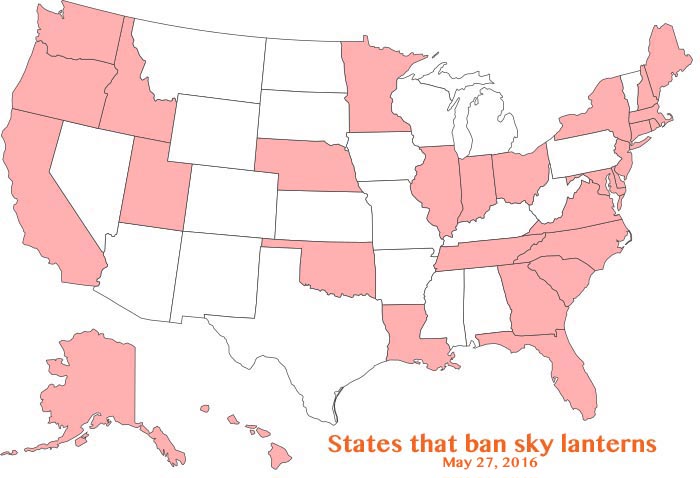The 300 South African firefighters that were requested to help suppress the huge fire at Fort McMurray arrived in Edmonton, Alberta, Canada Sunday after a 24-hour journey. If their enthusiasm displayed upon their arrival at the Edmonton airport (below) is indicative of their productivity on the fireline, they will be a valuable resource.
The men and women were selected from 5,000 that have been part of the Working On Fire (WoF) program in South Africa. The government-funded organization changes the lives of unemployed South African youths by training them to become firefighters.
In addition to the standard instruction they received in the WoF curriculum, the 300 chosen for the deployment went through a 10-day boot camp taught by Canadian trainers before they left Africa.
Below is an excerpt from an article at The Globe and Mail:
…With a shortage of water and specialized equipment here, the South African firefighters often use “firebeaters” – wooden sticks with a leather pad attached – to beat out a bush fire. But at their boot camp this month, the South Africans learned new water-handling techniques for the Canadian fires.
Those who were chosen for the latest mission are the fittest and most skilled of the 5,000 in the organization. After a month in Canada, they will take home the equivalent of about $1,500 each. It doesn’t seem like much, but it’s 10 times more than their normal monthly stipend in the training program. It will help many of the firefighters to get out of shacks and build new brick houses, get driver’s licences or enter postsecondary education.
At a farewell ceremony on Saturday at their temporary camp near Johannesburg, the 300 firefighters danced and sang the morale-building songs that they sing daily in the bush. “We are confident, we are excited,” they sang in the Zulu language.
The firefighters were mostly recruited from rural areas with high unemployment. So as part of their final preparations before flying to Canada, they were given a two-day course in financial management, to help them avoid making mistakes with their limited wages.
“For them, just to get to an international airport is a life-changing experience,” said Llewellyn Pillay, managing director of Working on Fire. “To put them on a plane and send them to a foreign country fundamentally changes their lives.”
Our fire fighters say thank you for warm welcome in Canada @YourAlberta #ymmfire #ABWildfire #WOFinCanada @CIFFC pic.twitter.com/w2zH2RFY3t
— Working on Fire (@wo_fire) May 30, 2016








